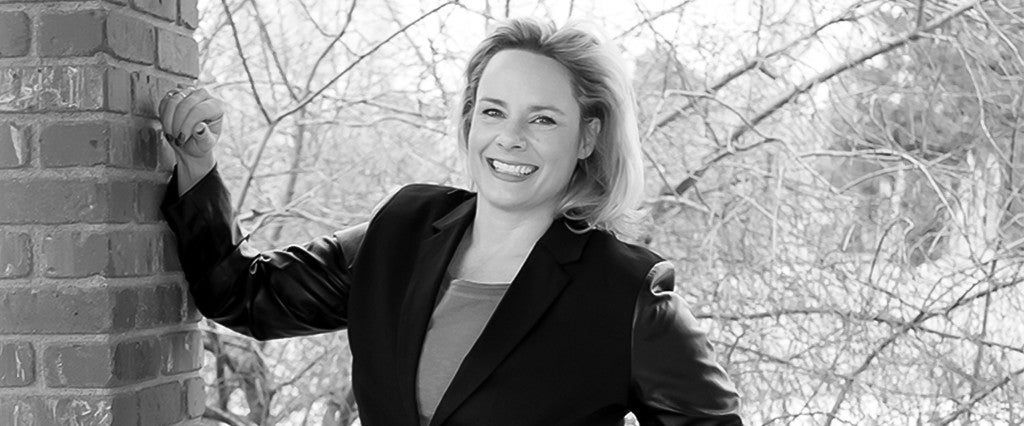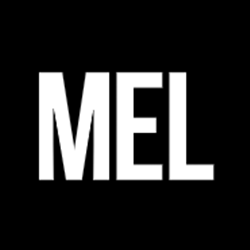For the last decade, Viveka von Rosen has spread the gospel of LinkedIn — via books, lectures and endless how-tos that she promises will lead to greener professional pastures. Her clients include Fortune 500 companies and regular individuals, all of whom want to better understand how to master the one social network where monetization and career growth isn’t a lucky byproduct, but actually the point.

In a literal and figurative sense, I became a “LinkedIn Expert” overnight.
It was in late 2006 — before social media as we think of it today. I was dabbling in managing a co-share workspace in Colorado, and we brought someone in to talk about Web 2.0 and online marketing. The woman mentioned this thing called LinkedIn at the end of the talk. I’d done a lot of business with face-to-face marketing, and LinkedIn had something like 7 million members at the time, which was a big, big number. I approached it like, “There’s 7 million potential customers right there!” So I just started learning about it as much as I could.
Not long afterward, I got the “LinkedIn Expert” handle on Twitter and LinkedIn, so overnight I was the LinkedIn expert showing up in Google searches — just because I was the first with the name.
From there, it was getting clients that could help me prove it. That mainly involved making the right connections in the marketing industry and rubbing elbows with people like Mike Stelzner and other influencers in social media. Strangely enough, a lot of that happened face to face. I’d go to large events and ask them, “Do you mind if I send you an invite to connect on LinkedIn?,” which help me land big Fortune 500 clients like Aon and Oracle.
As for what I teach, it’s more or less all about the different features LinkedIn focuses on. When LinkedIn Publisher launched, for instance, my customers began wondering what it was, how to use it, etc. I also solicit questions on Twitter, where I have a LinkedIn chat on Tuesday nights; a lot of the questions, concerns and training topics for my clients come right through that.
I definitely get why people love Facebook and Twitter, but you cut out a lot of the noise by connecting through LinkedIn, because professionally LinkedIn is where your prospects are, whatever that means to you. Consultants looking for clients. Nonprofits looking for donors. Job-seekers looking for work. It’s where that audience is, and it’s focused more on your connections and relationships with your connections, versus just a place to post a picture of the cup of coffee you’re drinking.
With my smaller clients or individuals, it’s about building their personal brand on LinkedIn. Simple things like having a background image on their profile. Anyone who’s familiar with Facebook — a company or a solo client — wouldn’t dream of having a background/featured image that wasn’t at least reflective of their business or personal brand. Same for Twitter. LinkedIn is the same, too, but for whatever reason, few people have a background image that communicates something about themselves or their business.
Another piece of advice I typically offer: Have other people call you an expert by getting testimonials and endorsements of your skills. It’s hard to call bullshit if other people back up your claims, directly or indirectly, through active engagement with your profile. Another example of you being an expert includes publishing excerpts of a book you’ve written or posting a video of you presenting at an event.

After you’ve built your profile, it’s about being diligent about nurturing leads and engaging with them. Get specific on your LinkedIn targets, too. It’s easier to nurture 120 high-level prospects than blasting the crap out of 20,000. Once I’ve found a key prospect, I save that person as a lead, and LinkedIn sends me notifications when they’ve posted something, which gives me something to talk with them about via private messages. When you reach out with a specific message, you’re much more likely to get a response.
But again, it starts with the profile. One of my good friends is Sue Zimmerman, the Instagram expert. She’s always trying to get me to use Instagram better, and I’m always trying to get her to use LinkedIn better. We sat down one day to work on her profile, and within an hour, we were able to position her as the Instagram expert on LinkedIn. So if you went on LinkedIn or searched for “Instagram expert,” hers was the profile that showed up. We also were able to add a huge visual aspect through her recommendations, blog posts and published media. In a few days, she’d gotten multiple queries for speaking gigs worth around $9,000 — all from one hour of profile work and three days of active engagement on the platform.
I spent maybe 30 minutes with another client on her profile to position her as a thought leader in her space of mental health care for dentists. She had several books, and we took some of that content and put it on LinkedIn Publisher. Soon after, she said, a woman came up to her at a networking event to tell her how much she loved her stuff on LinkedIn and how she shared it all the time. She added that she even had a message from a curriculum writer offering to curate curriculum for her talks for free.
I also have a super fail that’s worth talking about. Actually, it’s more of a win-fail. I was working with a nonprofit that had developed a mammogram machine that didn’t use pressure. We positioned the guy behind it as an expert and pushed what a game-changer it would be on LinkedIn. We were monitoring his inbox and sending him all the leads that came in. Now, admittedly, it’s unlikely he would’ve converted all of them to donations, but there was almost $1.5 million in prospect donations from people messaging him with interest. But here’s the thing: He never followed up with any of them. Like, I’ve never made $1.5 million, and he had people asking to give him money after I got his LinkedIn profile working for him. Super fail.
Another client on the fail front owned a pineapple island in the UAE. She had real estate for sale — gorgeous homes that cost anywhere between $17 million and $25 million. I was able to trace one sale directly to the activity I did for her on LinkedIn. She must have thought, Oh, this is easy, because shortly thereafter, her yoga teacher began running her LinkedIn for her.
And I haven’t seen much of her since…
—As told to Dan McCarthy

